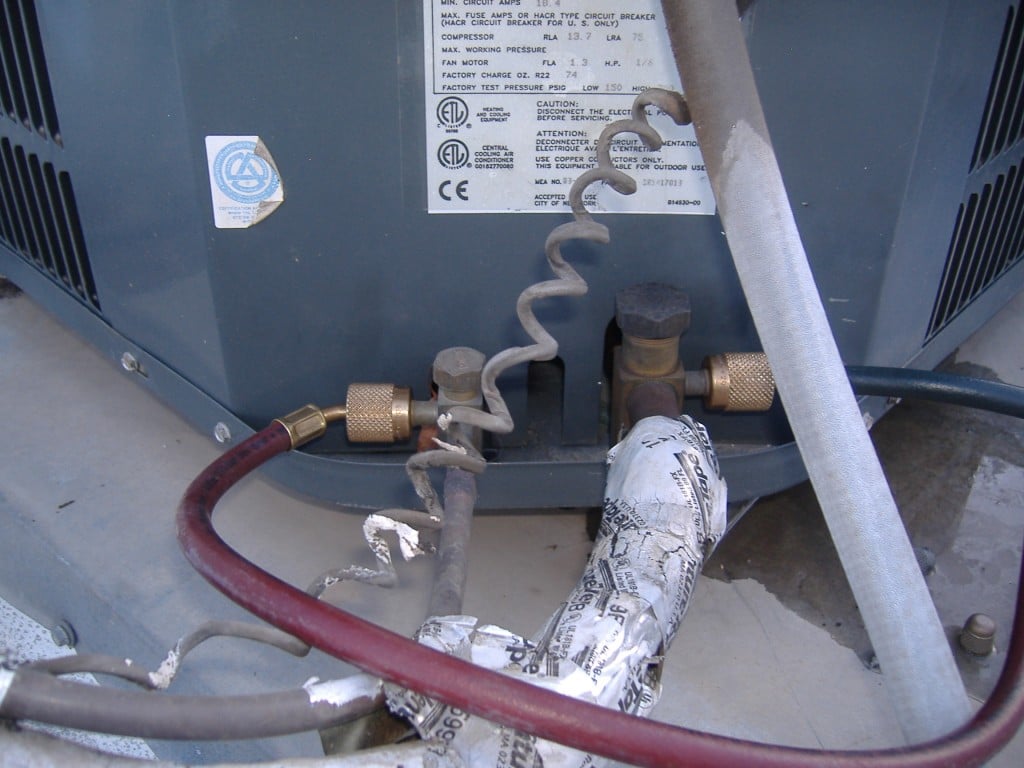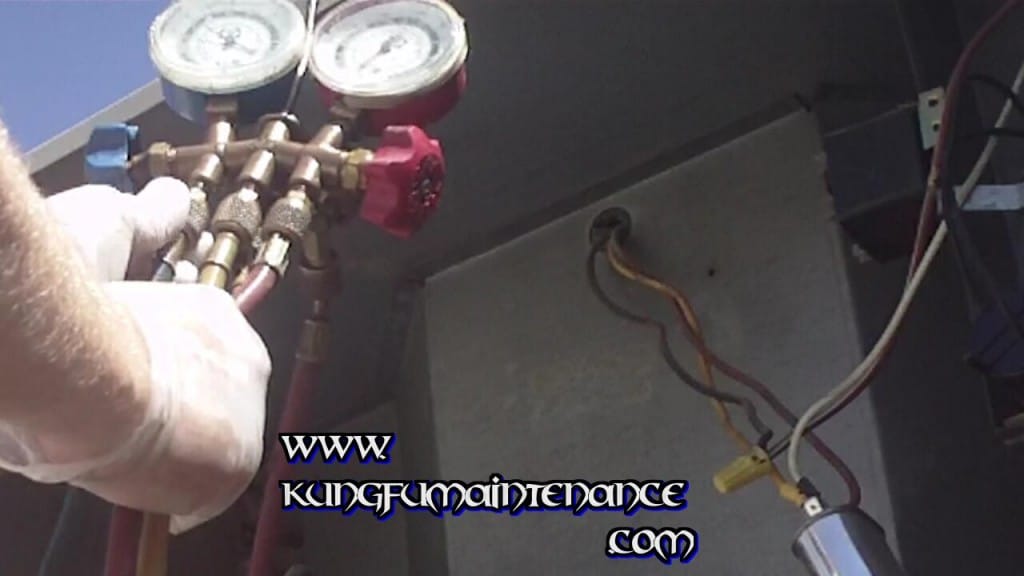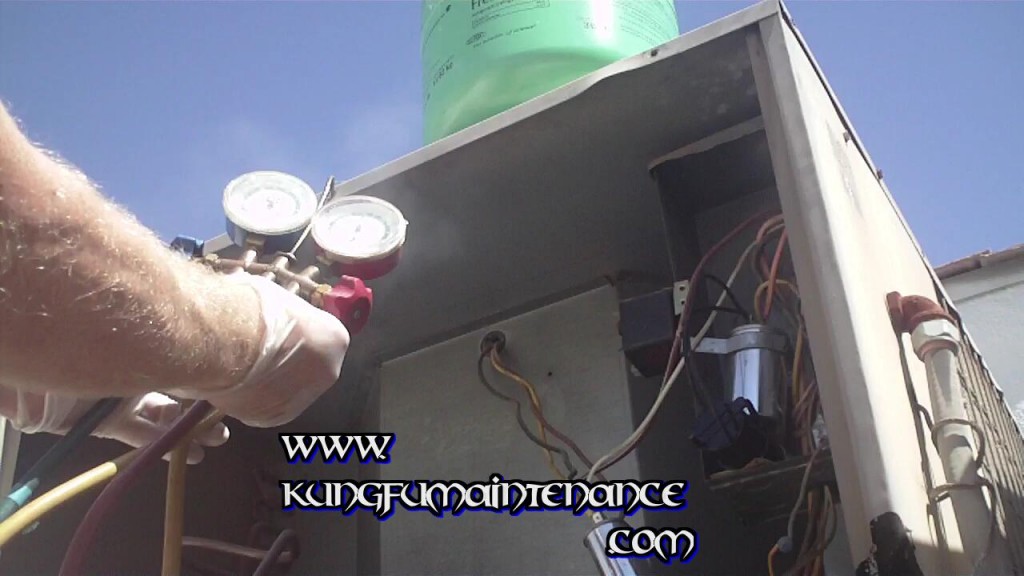Ok, today I am going to be discussing with you the five most common problems with refrigerators.
0:18 Number one is a stuck fridge fan. When you open your fridge and it is in it’s run cycle you should hear the sound like you are hearing now, the fan motor spinning. Sometimes what happens is the fan blades get stuck against the side or the fan blade itself goes so far back that it seats against the motor and than the blades get stuck and don’t turn.
0:42 Second most common problems with refrigerators is drips from the ceiling. Now if it’s just small drips it can be caused by food put in that’s hot like boiling or something that had boiled and than set in the fridge without a cover on it. The way to eliminate that is to keep a cover on your food.
But if your seeing excessive drips from the inside center here then it may indicate that you have a clogged condensate drain which is a very common problem with refrigerators.
01:11 The third most common problem with refrigerators is the compressor not running. If you listen back here you can kind of hear the hum of the compressor. So if you don’t hear that sound that low humming sound that’s different from the fan going than your starter may need to be replaced on the compressor.
01:31 The fourth most common problem with refrigerators is torn gaskets. The way that you prevent that from happening is to clean the gaskets here often, and to clean the fridge surface here often, where it mates. What happens is sticky foods stick in there and than pulling apart from the gasket
eventually can tear the gasket wear out the gasket so that’s the way to
kind of prevent it.
Each door manufacturer is different so you might have to consult your directions on how to replace your gasket. Some of them will have screws along the inside portion here of the gasket in order to change it.
Others will have a press in place groove that the gasket gets pressed into.
Others the entire door portion will pull apart so that you can replace the gasket. So each kind is just slightly different.
02:20 And the fifth most common problem with refrigerators is being off balance. What you want is for when you let your fridge door go you want it to just close nice and gently and close all the way.
You want the fridge to aim towards the back just a tiny bit so that condensate goes down and stays along the back of the fridge and settles into the pan that’s on the back on the top of the compressor usually. But anyway, you want your fridge to angle towards the back just a tiny bit.
If your fridge is off balance there is usually an adjustment screw here.
Or some fridges have a wheel that is turned here. This ones got a wheel that’s turned, as you can see, one on each side. And these can be adjusted
just by lifting up a little bit on the fridge and than turning this either by hand or with channel locks.
So that’s the five most common problems with refrigerators.


